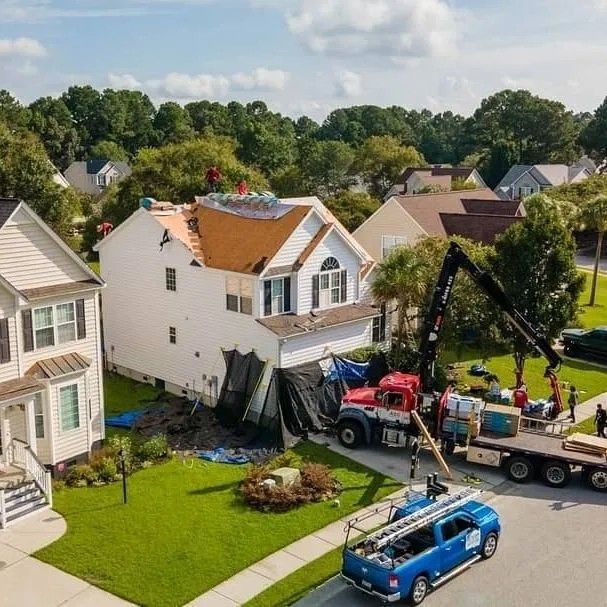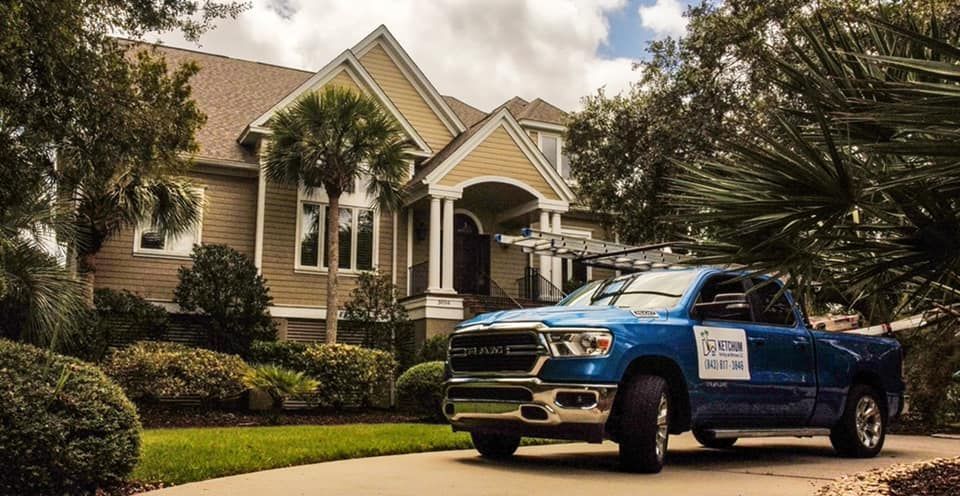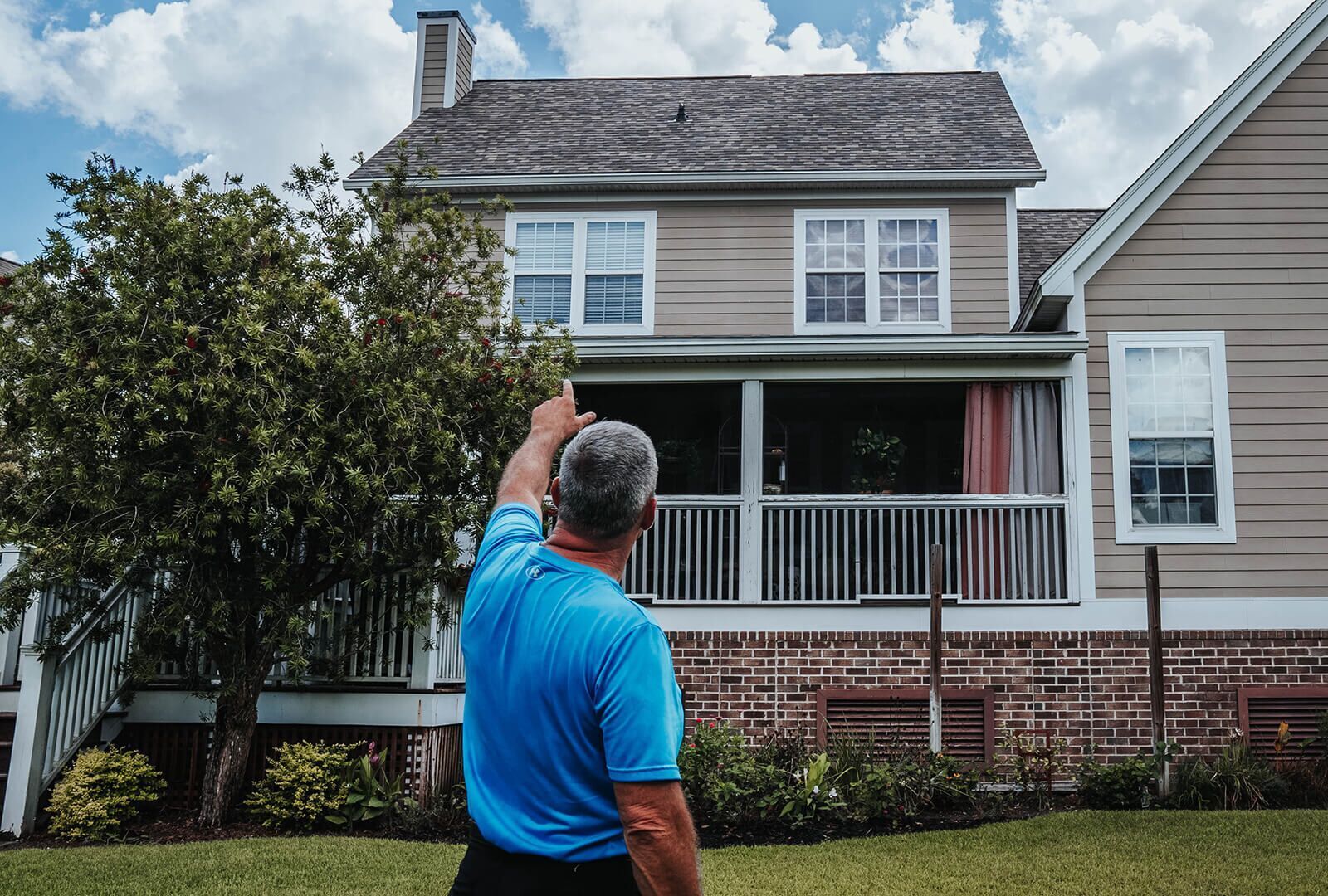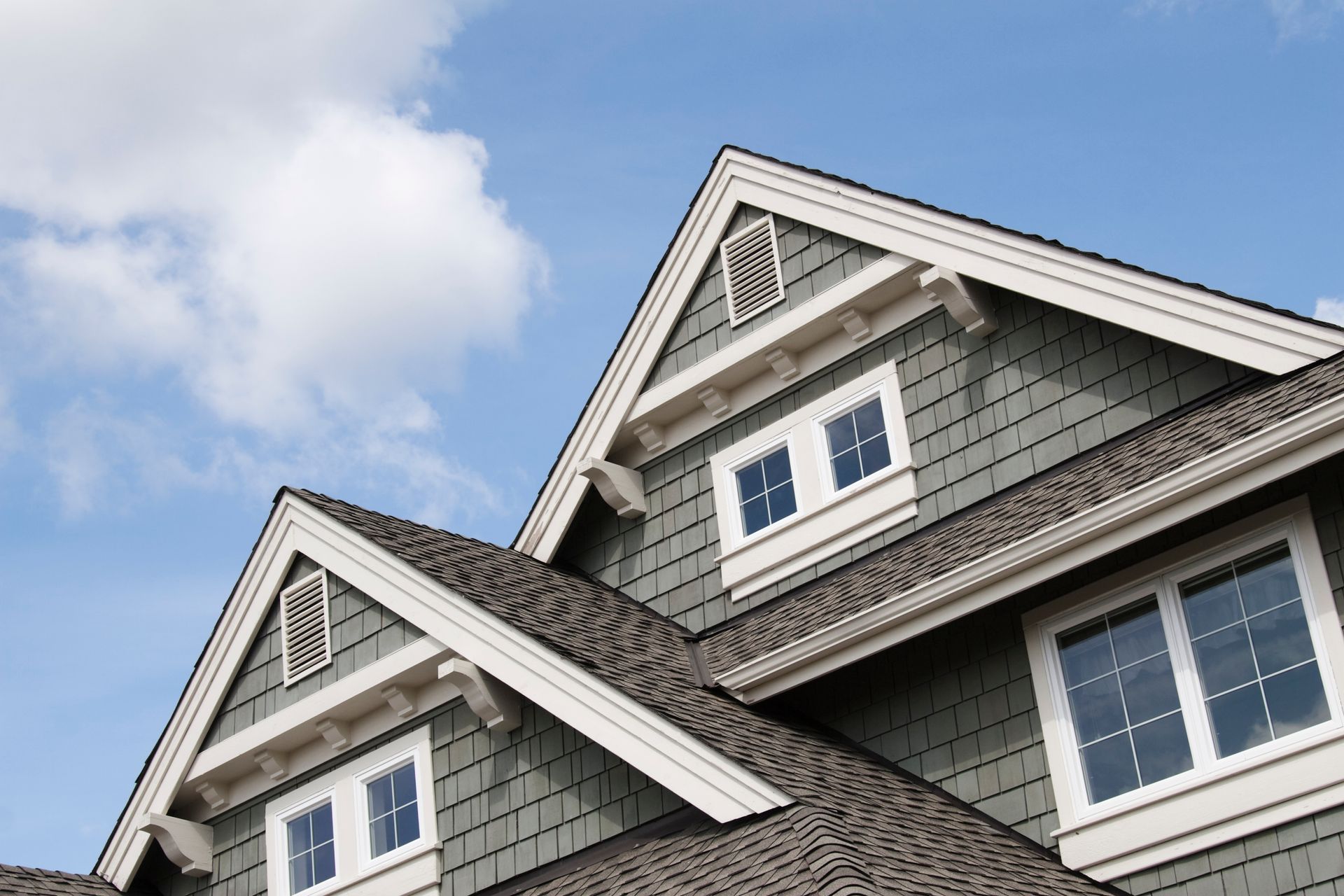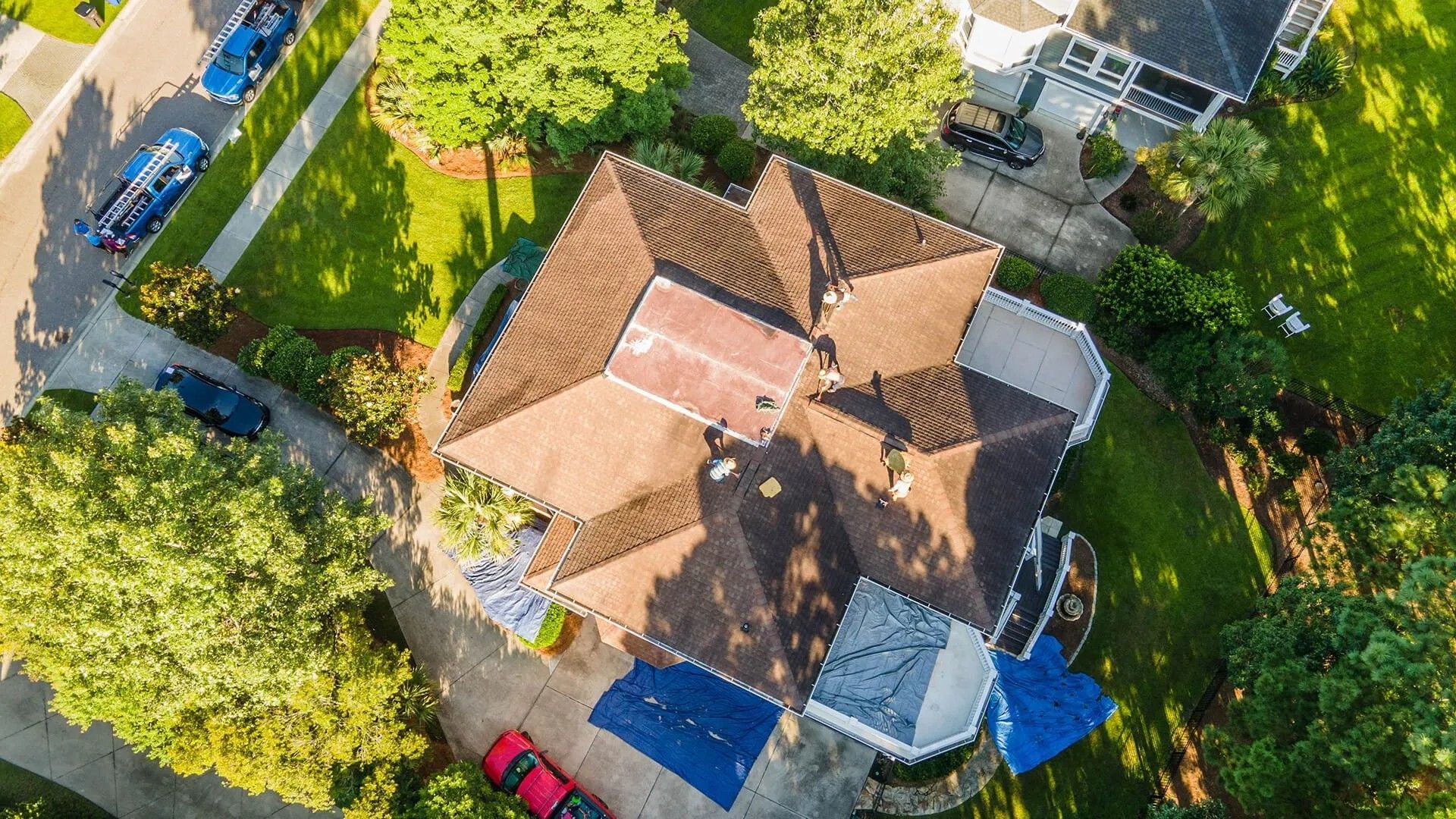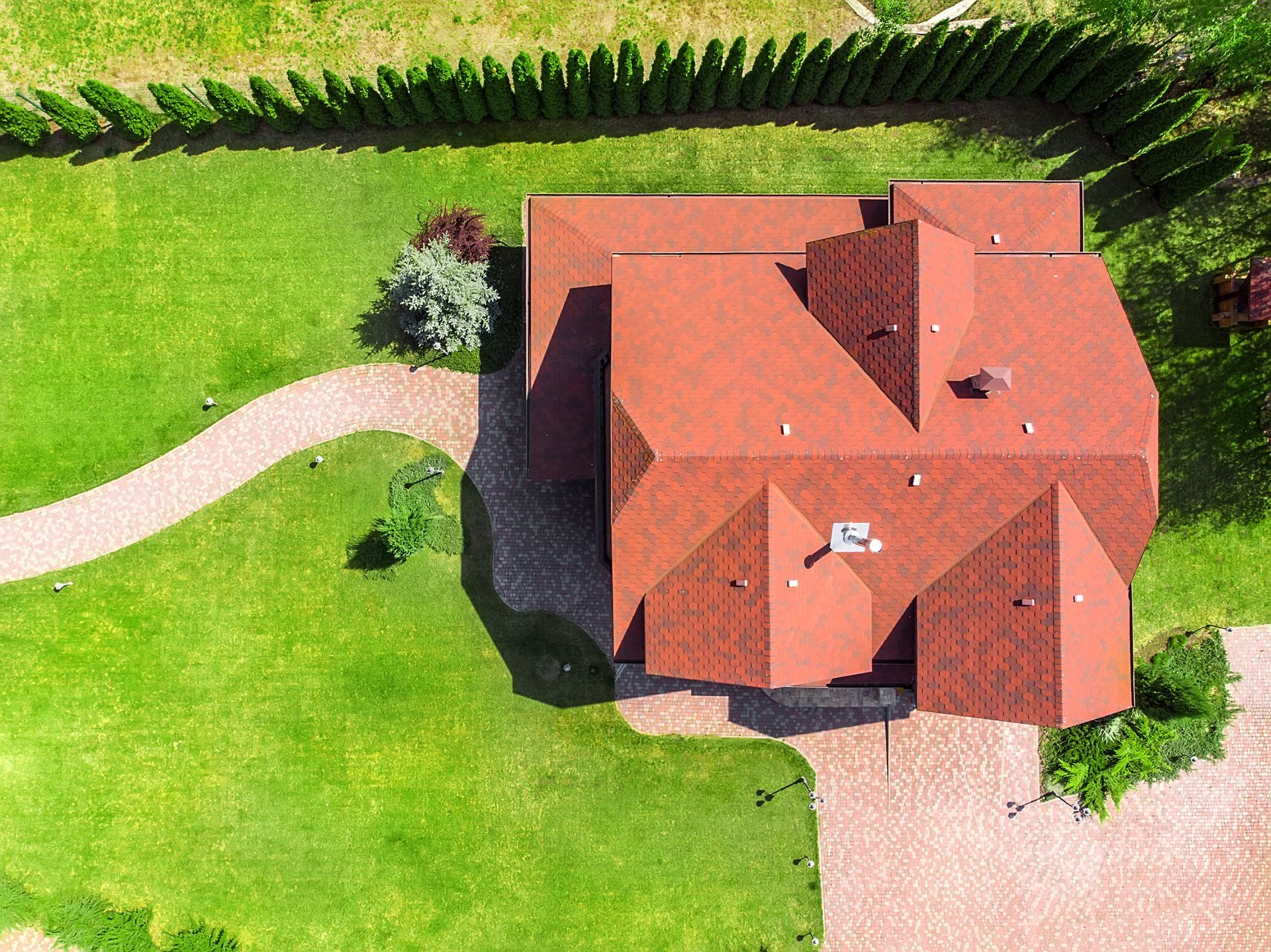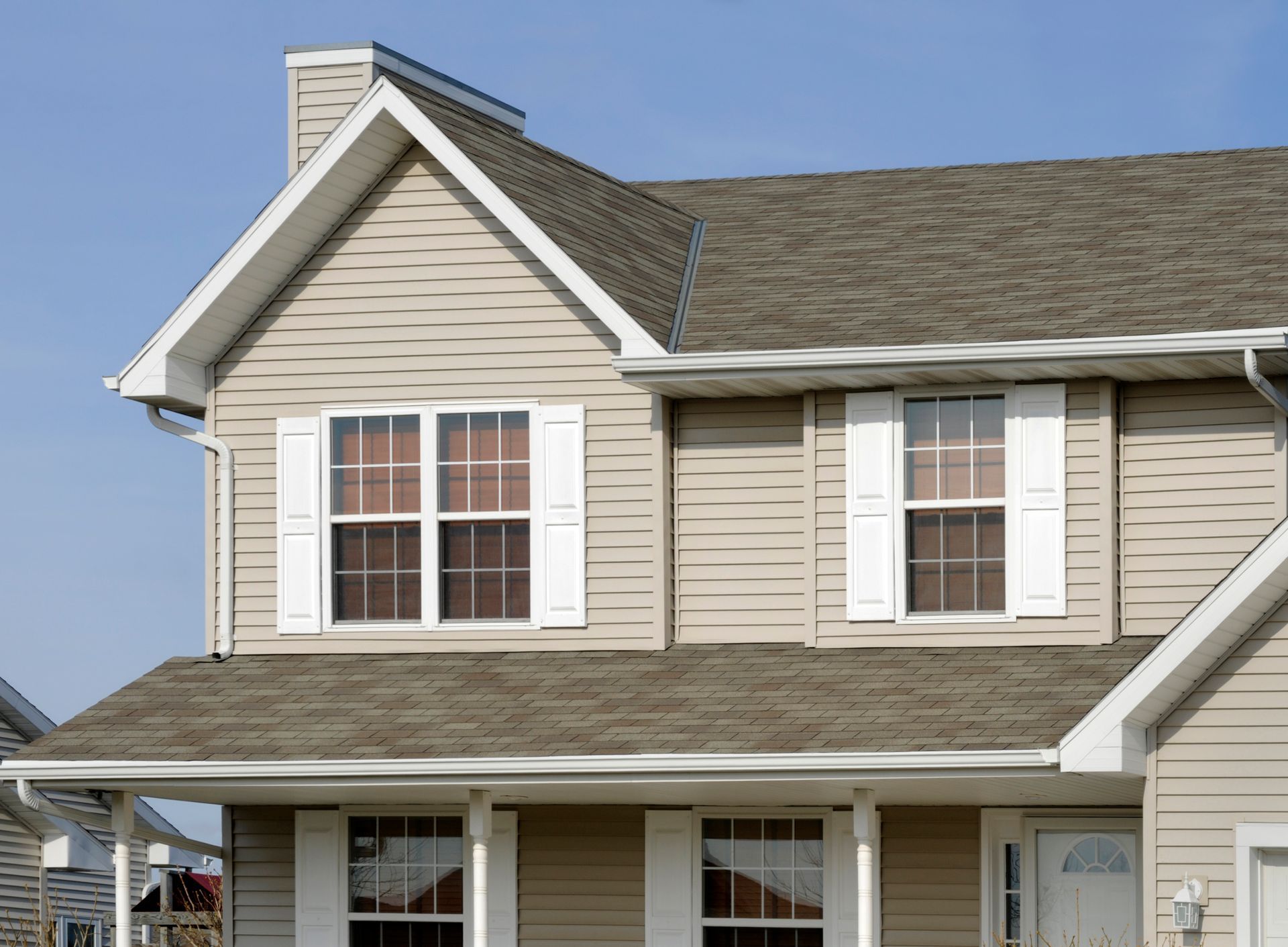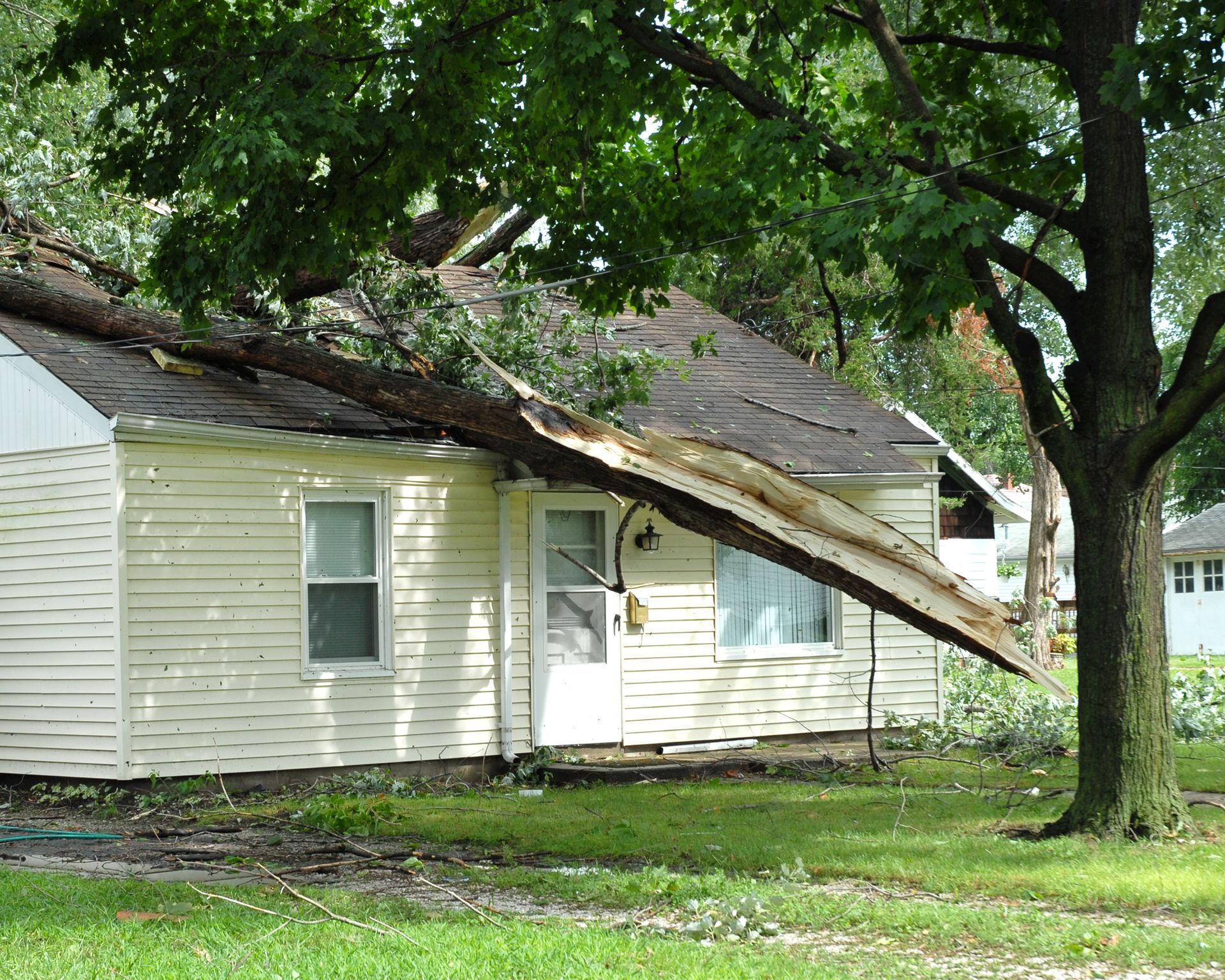Storm Damage Roof Repairs: What to Do After a Summer Storm in Charleston

Summer storms in Charleston can strike fast and hard, leaving behind a trail of damage that’s not always visible from the street. High winds, heavy rain, and even tropical systems can weaken your roof’s protective layers, putting your home at risk for leaks, mold, and structural problems.
If you’ve recently experienced severe weather, knowing the right steps to take can make all the difference. As a trusted local expert in emergency roof repair in Charleston, we’ve created this guide to help homeowners spot storm-related roof damage early and act before small problems turn into costly repairs.
Step 1: Inspect Your Roof from the Ground
After a storm passes and it’s safe to go outside, perform a visual check from the ground. Look for missing shingles, torn flashing, bent gutters, or debris lodged on the roof. Avoid climbing onto the roof yourself, as post-storm surfaces can be slippery and unsafe.
Pro Tip: Take photos of any visible damage. They’ll be useful for both your roofing contractor and your insurance company.
Step 2: Check for Signs of Leaks Inside
Go into your attic or upper rooms to look for water stains, damp insulation, or musty odors. Even a small drip could mean a breach in your roof’s waterproof barrier. Summer storms in Charleston often bring heavy, wind-driven rain, which can force water through vulnerable points in your roof.
Step 3: Examine Your Gutters and Downspouts
Storms can clog gutters with leaves, branches, and shingle granules. Blocked gutters cause water to back up under your roof or pool near your foundation. Clear them as soon as possible to keep water moving away from your home.
Step 4: Watch for Hail and Wind Damage
While hail isn’t as common in Charleston as in other parts of the country, it does happen. Hail and high winds can bruise or crack shingles, loosen sealant, and damage flashing. These issues may not be obvious from the ground, so consider scheduling a professional roof inspection.
Step 5: Prioritize Hurricane Roof Damage Checks
Charleston’s location along the coast means that hurricane season brings a heightened risk of roof damage. After a tropical storm or hurricane, look for more extensive signs of trouble such as large sections of missing shingles, exposed underlayment, or sagging rooflines. In these cases, emergency roof repair in Charleston may be necessary to prevent further interior damage.
Step 6: Contact Your Roofing Contractor Quickly
Time is critical after storm damage. The sooner a professional inspects your roof, the better your chances of preventing long-term water damage and securing an insurance claim. Choose a Charleston roofing company with experience in both storm repairs and working directly with insurers.
Step 7: File Your Insurance Claim Promptly
Insurance companies often set strict timelines for storm damage claims. Having a detailed inspection report from your contractor can make the claims process smoother and increase your chances of full coverage.
Step 8: Consider Preventive Measures for the Future
While you can’t stop storms from coming, you can reduce the impact on your roof. Upgrading to impact-resistant shingles, reinforcing flashing, and scheduling annual inspections before hurricane season can help safeguard your home.
Why Summer Storm Roof Repairs in Charleston Shouldn’t Wait
Storm damage, especially in Charleston’s humid climate, can worsen quickly. Delaying repairs can lead to:
- Mold growth in your attic or interior walls
- Structural damage to roof decking and framing
- Higher repair costs down the line
- Potential denial of future insurance claims
Call Your Charleston Roof Repair Experts
Whether you’ve faced minor shingle damage or full hurricane roof damage, quick action is the best way to protect your home. Our team specializes in storm damage roof repairs and emergency roof repair in Charleston, offering fast, thorough service when you need it most.
Call Ketchum Roofing and Windows today for a free storm damage inspection and let us restore your roof to peak condition before the next summer storm hits.

